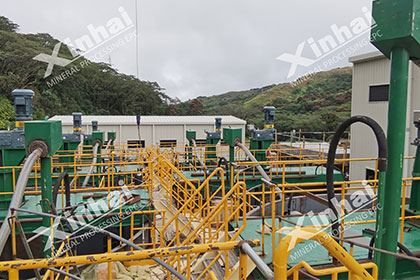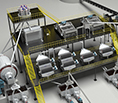Core Steps of the CIL Process in Gold Processing
 Sheena
Sheena
 May 26, 2025
May 26, 2025
 2173
2173
If you want to know more details about equipment, solutions, etc, please click the button below for free consultation, or leave your requirements!
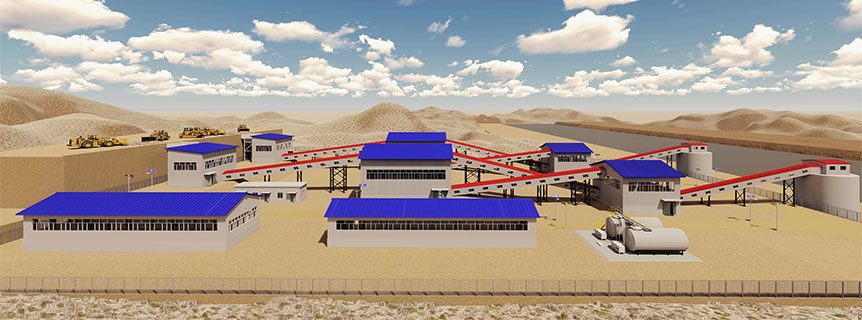
Mongolia-CIL-Concentrator
The Carbon-in-Leach (CIL) process is a highly efficient method used in the gold mining industry to extract gold from low-grade ores. It combines cyanidation and carbon adsorption into a single process, significantly improving gold recovery rates while reducing operational costs. This article outlines the core steps of the CIL process and explains how each stage contributes to successful gold extraction.
01Crushing and Grinding
BackThe first step in the CIL process involves crushing and grinding the ore into a fine powder. This increases the surface area, allowing better contact between the gold particles and the leaching agents. The ground material is then classified, and oversized particles are returned for further grinding.
02Slurry Preparation
BackNext, the ground ore is mixed with water and sometimes lime to create a slurry. This slurry is the medium in which chemical reactions will occur. Lime helps maintain a stable pH level, which is critical for the efficiency of the leaching process.
03Leaching and Adsorption
BackThis is the core stage of the CIL process. In this step, cyanide solution is added to the slurry, which dissolves the gold content in the ore. At the same time, activated carbon is introduced. The carbon adsorbs the dissolved gold ions, forming a gold-loaded carbon material. This simultaneous leaching and adsorption stage greatly enhances gold recovery.
04Carbon Separation
BackAfter the adsorption process, the carbon is separated from the slurry using screens. The loaded carbon, now containing the gold, is washed and moved to the next stage, while the barren slurry moves on for tailings treatment.
05Elution (Desorption)
BackIn the elution stage, the gold is stripped from the carbon using a hot caustic solution. This separates the gold into a concentrated solution, ready for further refining. The carbon is regenerated and recycled back into the process.
06Electrowinning and Smelting
BackThe gold-bearing solution undergoes electrowinning, where an electric current causes gold to deposit onto cathodes. The resulting gold sludge is then dried and smelted into gold bars, ready for market sale.
07Tailings Disposal
BackFinally, the leftover slurry—called tailings—is neutralized and safely disposed of or stored in tailings dams. Environmental management is a key component at this stage.
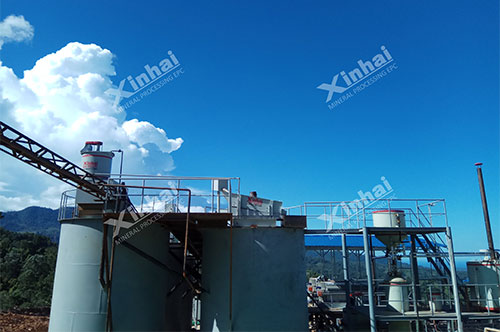
Why Choose the CIL Process?
The CIL process is widely used because of its:
High gold recovery rate
Reduced processing time
Cost efficiency
Simplified flow sheet
For gold processing plants, especially those working with low-grade ores, the CIL method remains a proven, scalable solution.
 +86 183 3575 8886
+86 183 3575 8886 pinklaurabao@gmail.com
pinklaurabao@gmail.com



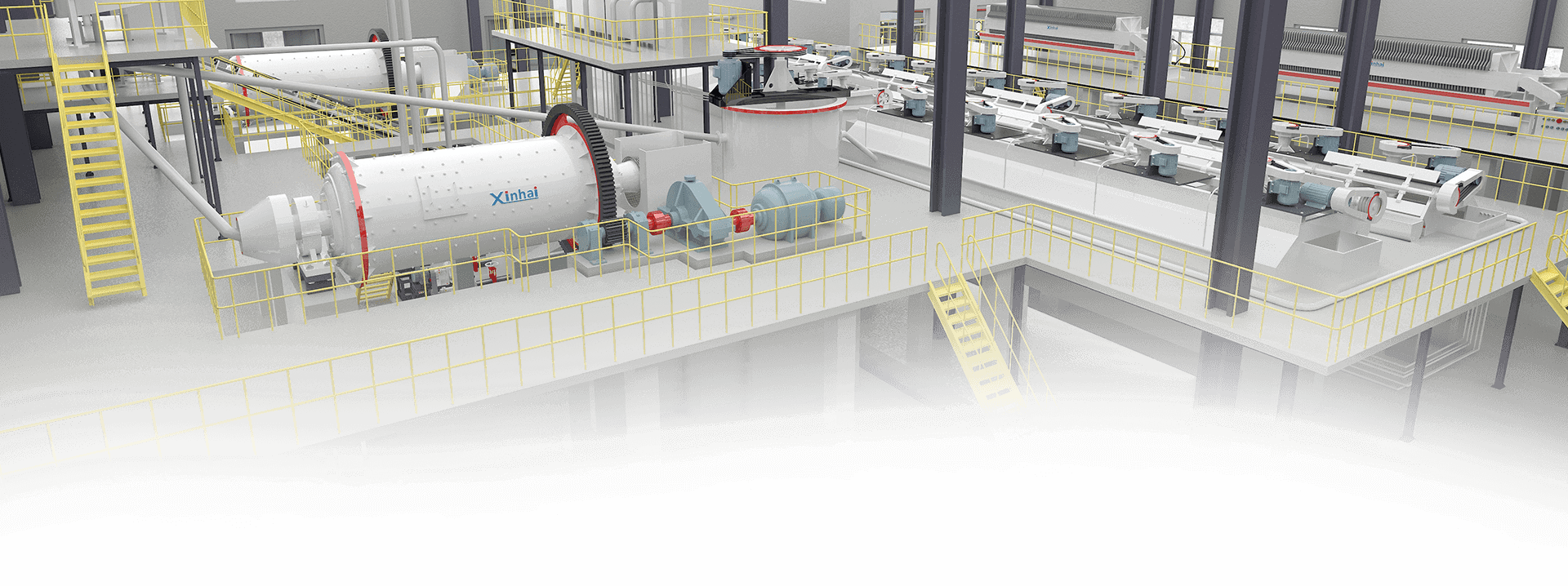
 Message
Message Chat Now
Chat Now




